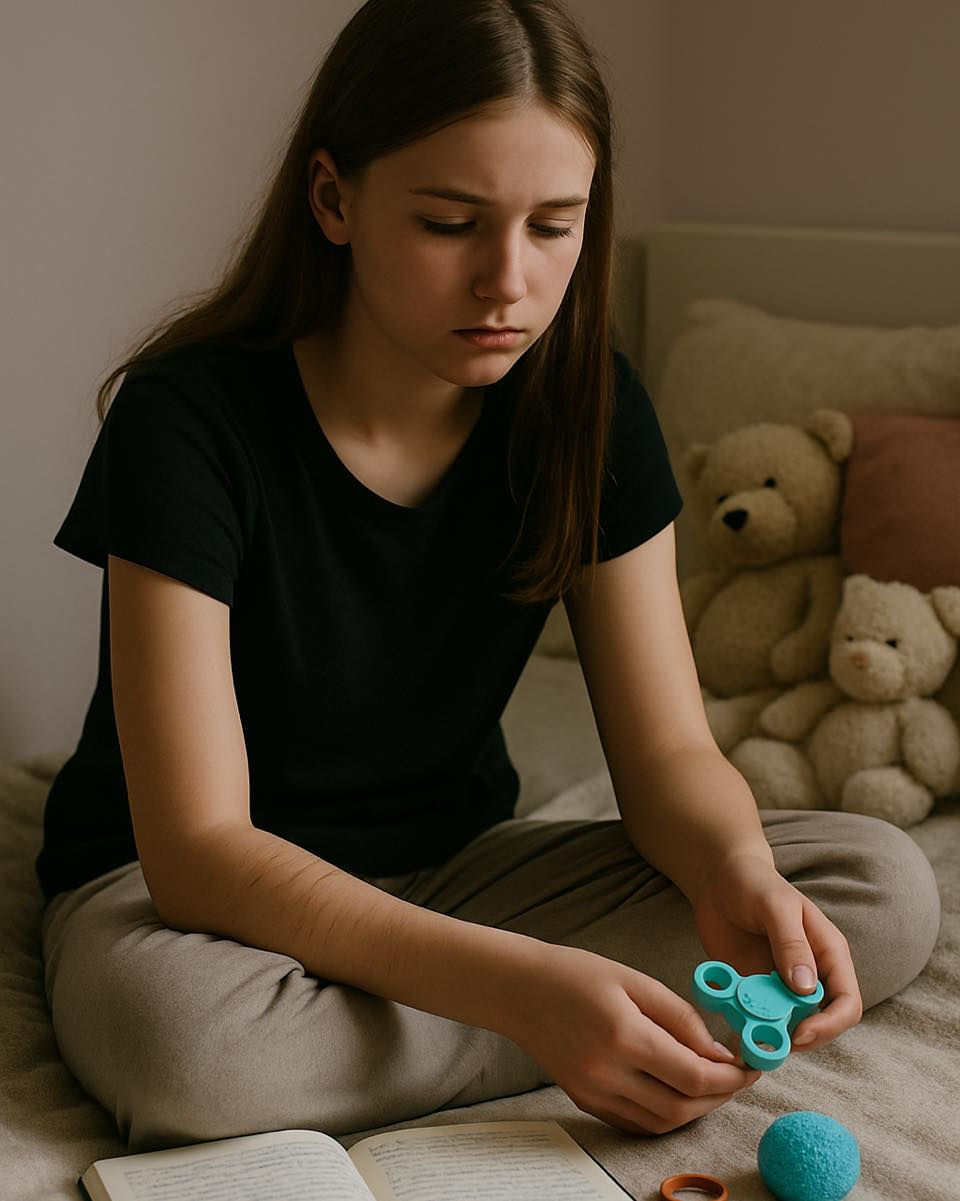Understanding Why Young People Self-Harm and How to Support Them.
- Sally Panks
- Jun 14
- 3 min read
Understanding Why Young People Self-Harm and How to Support Them.
Self-harm is a significant and complex issue impacting numerous young individuals today. While it may appear incomprehensible to outsiders, self-harm often serves as a coping mechanism for those grappling with emotional distress. Understanding the reasons behind this behaviour is crucial in supporting young people and providing them with effective alternatives. In this blog, we’ll explore why young people self-harm, discuss healthier coping strategies, and highlight how S&L Self-Harm Distraction Kits can serve as a practical resource.
Reasons Why Young People Self-Harm
1. Emotional Regulation:
Many young people self-harm as a way to cope with overwhelming feelings. Whether it’s anxiety, sadness, or anger, physical pain can sometimes feel more manageable than emotional pain. Self-harming can provide a temporary release or relief when they feel emotionally numb or disconnected.
2. Expression of Inner Turmoil:
For some, self-harm becomes a method of expressing deep-rooted emotional struggles that they may not be able to articulate verbally. It may serve as a signal that something is wrong, especially if they struggle to communicate their distress.
3. Control and Agency:
In a world where many young people feel little control over their lives, maybe due to academic pressures, family issues, or social dynamics, self-harm can provide a sense of control. Choosing how and when to inflict pain can create a false sense of empowerment.
4. Peer Influence and Social Media:
The influence of peers and social media cannot be overlooked. Young people may encounter self-harm behaviours online or within their social circles, which can normalise such actions and lead to imitation.
5. Trauma or Abuse:
Past trauma or experiences of abuse can lead to self-harming behaviours as individuals struggle to cope with the emotional and physical aftermath of their experiences.
Healthier Coping Strategies
It’s vital to equip young people with healthier coping strategies that can replace self-harm and promote emotional well-being. Here are some effective alternatives:
1. Creative Expression:
Engaging in creative activities such as painting, writing, or playing music allows young people to express their emotions constructively. These outlets can serve as powerful tools for processing feelings and reducing the urge to self-harm.
2. Physical Activity:
Exercise is a natural mood booster. Whether it’s going for a run, practicing yoga, or dancing, physical activity releases endorphins that can help alleviate feelings of stress and anxiety, serving as an excellent alternative to self-harm.
3. Mindfulness and Relaxation Techniques:
Teaching mindfulness techniques, such as deep breathing, meditation, or progressive muscle relaxation, can help young individuals learn to manage their emotions without resorting to self-injury.
4. Journaling:
Encouraging young people to keep a journal can help them articulate their thoughts and feelings. Writing about their day-to-day experiences can provide clarity and a means of self-reflection that helps reduce negative feelings.
5. Connecting with Supportive Peers:
Building a support network of friends, family, or mentors can provide reassurance and understanding. Encouraging participation in supportive communities or groups can help combat feelings of isolation.
Counselling and Therapy
Seeking support from a counsellor or therapist provides individuals who self harm with a safe space to explore their emotions and underlying issues without judgment. Professional guidance equips them with effective coping strategies and tools to address their feelings, fostering healthier ways to manage stress and emotional pain.
How S&L Self-Harm Distraction Kits Can Provide Practical Resources
At S&L Self-Harm Distraction Kits, we recognise the unique challenges faced by young individuals struggling with self-harm. Our kits are designed as both a resource and a practical solution to help break the cycle of self-injury.
Each kit includes:
- Coping Tools: Items such as stress balls, fidget toys, or sensory items provide alternatives to self-harm by promoting physical engagement without causing harm.
- Journals and Writing Materials: These allow for expression of thoughts and feelings, creating a safe space for self-reflection and processing emotions.
- Mindfulness Guides: Simple ideas and prompts are included to teach mindfulness practices, helping individuals learn to navigate their emotions in healthier ways.
By providing young people with tangible tools to manage their emotions, our kits promote self-empowerment and offer healthier coping mechanisms.
Conclusion
Understanding why young people self-harm is the first step toward addressing the issue and offering the necessary support. While the reasons can be complex and varied, it is essential to provide healthier coping strategies that empower them to navigate their emotions constructively. S&L Self-Harm Distraction Kits are here to serve as a practical resource, offering young people the tools they need to foster resilience and emotional well-being.
If you or someone you know is struggling with self-harm, remember that support is available. Together, we can create a path toward healing and understanding, ensuring that no young person feels they have to face their struggles alone.





Comments